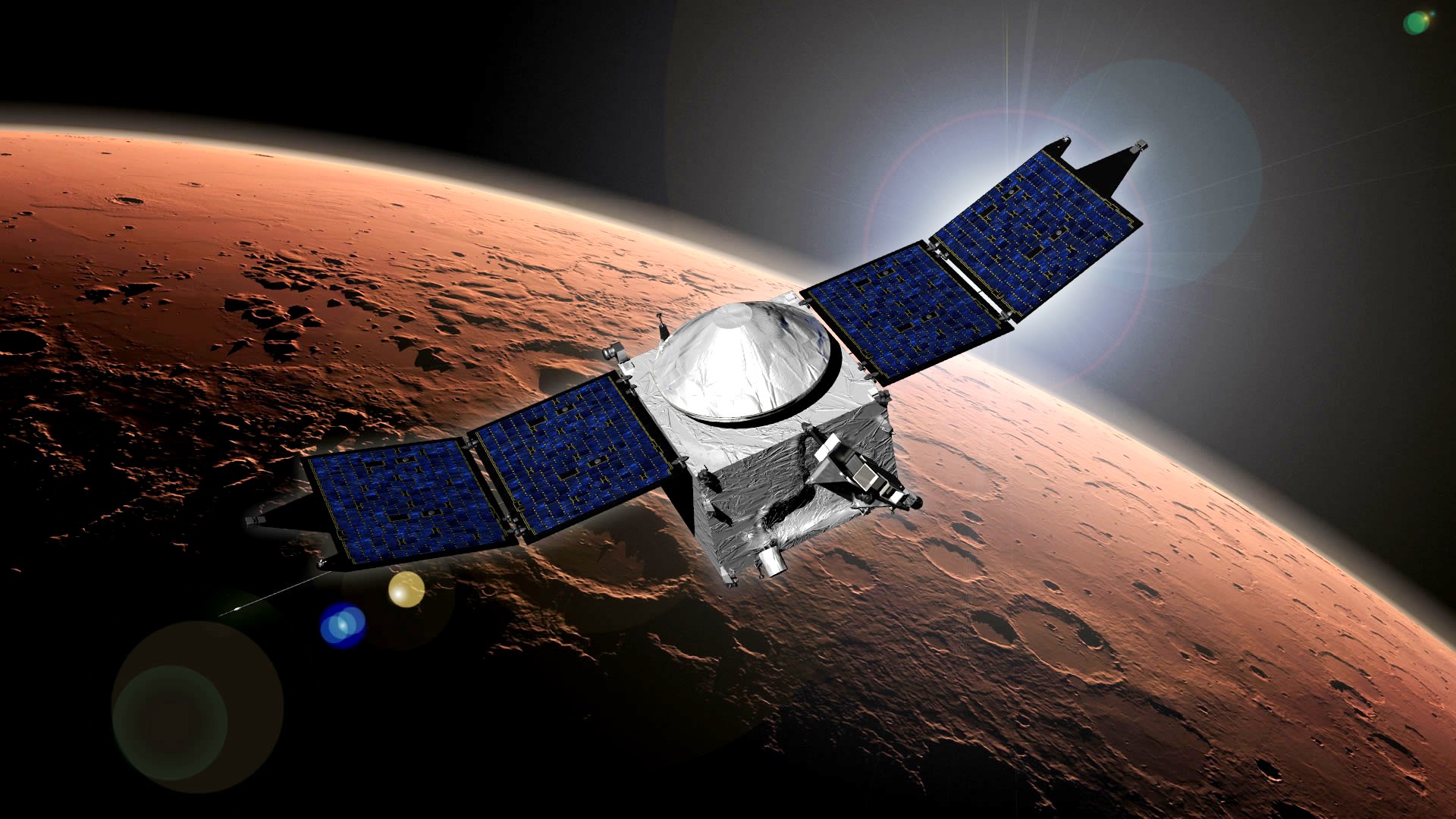NASA's Mars InSight lander snaps dusty 'final selfie' as power dwindles
The lander is coated in red as it winds down science operations.

NASA's InSight lander is completely caked with a thick layer of Martian dust in its latest selfie, which the agency says will likely be the last of the mission.
The solar-powered InSight lander is only working at about one-tenth of its landing capacity of 5,000 watt-hours, the agency said in a press conference May 17, and the new picture shows just how much regolith has piled up in the last three and a half Earth years. InSight, a marsquake-seeking lander, alighted on the surface in 2018 on a bid to better understand the interior of Mars. While the data collected by the mission will be available forever, the spacecraft is winding down science activities to preserve power as best as possible.
The new image, released Monday (May 23), shows regolith all over InSight in a selfie taken on April 24, the 1,211th sol (Martian day) of the mission.
Related: NASA's InSight lander detects the biggest quake on Mars yet
A dusty self-portrait.@NASAInSight took what is likely to be its final selfie on April 24. In the GIF, you can see the spacecraft’s first selfie in December 2018 and its last one where it’s covered in Martian dust. https://t.co/gvCNyRPnzC pic.twitter.com/CcN2Qzg90dMay 24, 2022
Still, the agency says InSight will likely run too low on power later this year to conduct new science. But the mission's science value is signaled by the agency's extensions to its work; the lander's primary mission lasted one Martian year, or nearly two Earth years.
InSight didn't include a secondary system to clean off dust, relying instead on passing dust devils or strong breezes to clean the lander. Engineers did manage to remove a bit of dust in 2021 by drizzling sand on the lander and allowing wind to blow that sand across the panel, however.
With its likely final selfie accomplished, the lander will move its arm into a "retirement pose," an inverted V-shape. The marsquake-tracking device will run for a little while longer, but is expected to be turned off late in the summer.
Breaking space news, the latest updates on rocket launches, skywatching events and more!
That said, InSight might get lucky before that point. Its power may last a little longer than expected, or a passing breeze may finally push some of the dust away and allow the lander to squeak out a little more science later in the year.
"It's exceeded our expectations at just about every turn on Mars, and so it may actually last longer than that," Bruce Banerdt, NASA Jet Propulsion Laboratory's principal investigator for the mission, told reporters during the May 17 press conference.
Follow Elizabeth Howell on Twitter @howellspace. Follow us on Twitter @Spacedotcom and on Facebook.

Elizabeth Howell (she/her), Ph.D., was a staff writer in the spaceflight channel between 2022 and 2024 specializing in Canadian space news. She was contributing writer for Space.com for 10 years from 2012 to 2024. Elizabeth's reporting includes multiple exclusives with the White House, leading world coverage about a lost-and-found space tomato on the International Space Station, witnessing five human spaceflight launches on two continents, flying parabolic, working inside a spacesuit, and participating in a simulated Mars mission. Her latest book, "Why Am I Taller?" (ECW Press, 2022) is co-written with astronaut Dave Williams.

